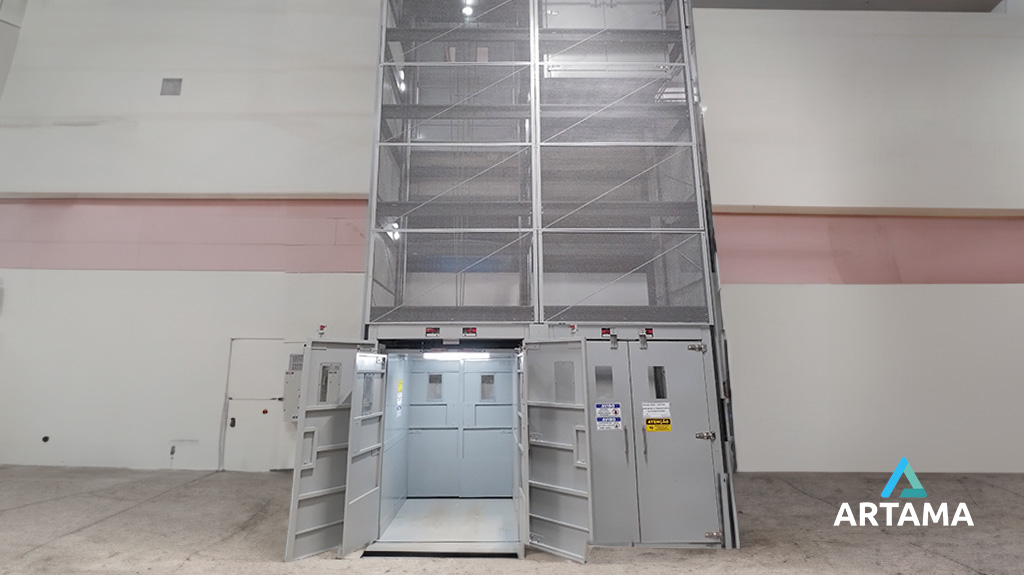Dock Levelers (PND) are designed for use at loading and unloading docks, serving as a bridge between the concrete dock and the vehicle’s cargo floor. They adjust to compensate for the variation in the cargo floor’s height during operations, allowing access for carts, pallet jacks, forklifts, and other equipment. This facilitates, speeds up, and ensures the safety of the loading and unloading process.

Using a dock leveler can significantly reduce the risk of accidents for workers and minimize material damage from falls. The use of a dock leveler optimizes the time required for loading and unloading materials without compromising operational safety.
Currently, there are various types of dock levelers, each with its specific use and installation configuration. The load capacities of dock leveler models range from 1,000 to 15,000 kg. The main models include recessed or pit-mounted dock levelers and advanced or front-mounted dock levelers. Both types come in variations, such as electro-hydraulic or manual mechanical models.
To choose the best dock leveler, it’s also essential to consider which trucks will be loading or unloading at the dock. Since trucks have varying heights, knowing which models will be used is crucial. This information helps calculate the correct length of a dock leveler because the combination of the vehicles’ variations that will operate at the dock and the type of equipment that will move across the dock leveler determines the most suitable equipment for the operation, as well as the dock height available at the client’s site.
It’s also important to consider other factors when selecting the best dock leveler, such as the safety requirements involved in the operation and exposure to high corrosion conditions, such as in cold storage rooms, locations with high salt concentration, or areas with corrosive products. For these situations, we offer galvanized levelers or those with special coatings that provide chemical protection to carbon steel against corrosion. Additionally, it’s necessary to determine whether the appropriate model for the operation is front-mounted or recessed.
Artama operates in the material handling, storage, and ergonomics segment, designing solutions for time rationalization and minimizing fatigue in workplaces. The company began its activities in 1966 and now has a 3,400 m² manufacturing facility in Jaraguá do Sul, Santa Catarina.




